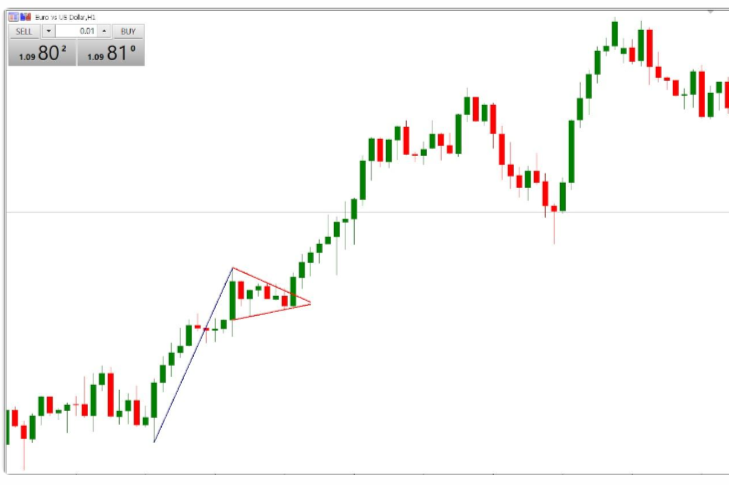
In the dynamic realm of financial markets, where every move can make or break fortunes, understanding price action patterns is akin to possessing a compass in a vast, unpredictable sea. Whether you’re a seasoned trader or a novice investor, mastering these patterns can significantly enhance your ability to navigate the complexities of trading. In this comprehensive guide, we delve deep into the world of price action patterns, uncovering their significance, identifying key patterns, and exploring strategies to leverage them effectively.
Understanding Price Action Patterns: A Primer
At its core, price action analysis revolves around the study of price movements over time, devoid of complex indicators or oscillators. Instead, it focuses on identifying recurring patterns and formations in price charts, which reflect market sentiment and offer valuable insights into future price movements.
Price action patterns can be broadly categorized into two types: reversal patterns and continuation patterns. Reversal patterns indicate a potential reversal in the prevailing trend, while continuation patterns suggest that the existing trend is likely to persist.
Key Reversal Patterns
Head and Shoulders: This classic reversal pattern consists of three peaks – a higher peak (head) flanked by two lower peaks (shoulders) – signaling a potential trend reversal from bullish to bearish, or vice versa

Double Top/Bottom: Characterized by two consecutive peaks (double top) or troughs (double bottom) at approximately the same price level, this pattern indicates exhaustion of the prevailing trend and a possible reversal.

Engulfing Pattern: Occurring when a candlestick completely engulfs the previous candlestick, this pattern signifies a shift in market sentiment, with the engulfing candlestick overpowering the prior trend.

Key Continuation Patterns
Flags and Pennants: These patterns typically form after a strong price movement, resembling a flagpole (for flags) or a small symmetrical triangle (for pennants). They indicate a brief consolidation phase before the resumption of the prevailing trend.

Ascending/Descending Triangles: These triangular patterns form when the price consolidates within converging trendlines, signaling a continuation of the existing trend upon breakout from the triangle’s boundaries.

Symmetrical Triangle: Characterized by converging trendlines with similar slopes, this pattern suggests indecision in the market before a potential breakout in either direction, indicating a continuation of the prevailing trend.

Strategies for Leveraging Price Action Patterns
- Confirmation: It’s crucial to confirm price action patterns with other technical indicators or fundamental analysis to validate their significance and reduce false signals.
- Risk Management: Implementing proper risk management techniques, such as setting stop-loss orders and adhering to risk-reward ratios, is essential to mitigate losses when trading based on price action patterns.
- Timeframe Analysis: Price action patterns may vary in significance across different timeframes, so it’s essential to analyze patterns in conjunction with multiple timeframes to gain a comprehensive understanding of market dynamics.
- Backtesting: Before incorporating price action patterns into your trading strategy, conduct thorough backtesting to assess their efficacy across various market conditions and timeframes.

Conclusion:
Price action patterns serve as invaluable tools for traders seeking to decipher market dynamics and make informed trading decisions. By mastering these patterns and incorporating them into a robust trading strategy, you can enhance your ability to identify high-probability trade setups and navigate the complexities of financial markets with confidence. Remember, successful trading is not about predicting every price movement but about effectively managing risk and capitalizing on favorable opportunities presented by price action patterns. So, equip yourself with knowledge, practice diligently, and embark on your journey to trading mastery with price action as your guiding light.











